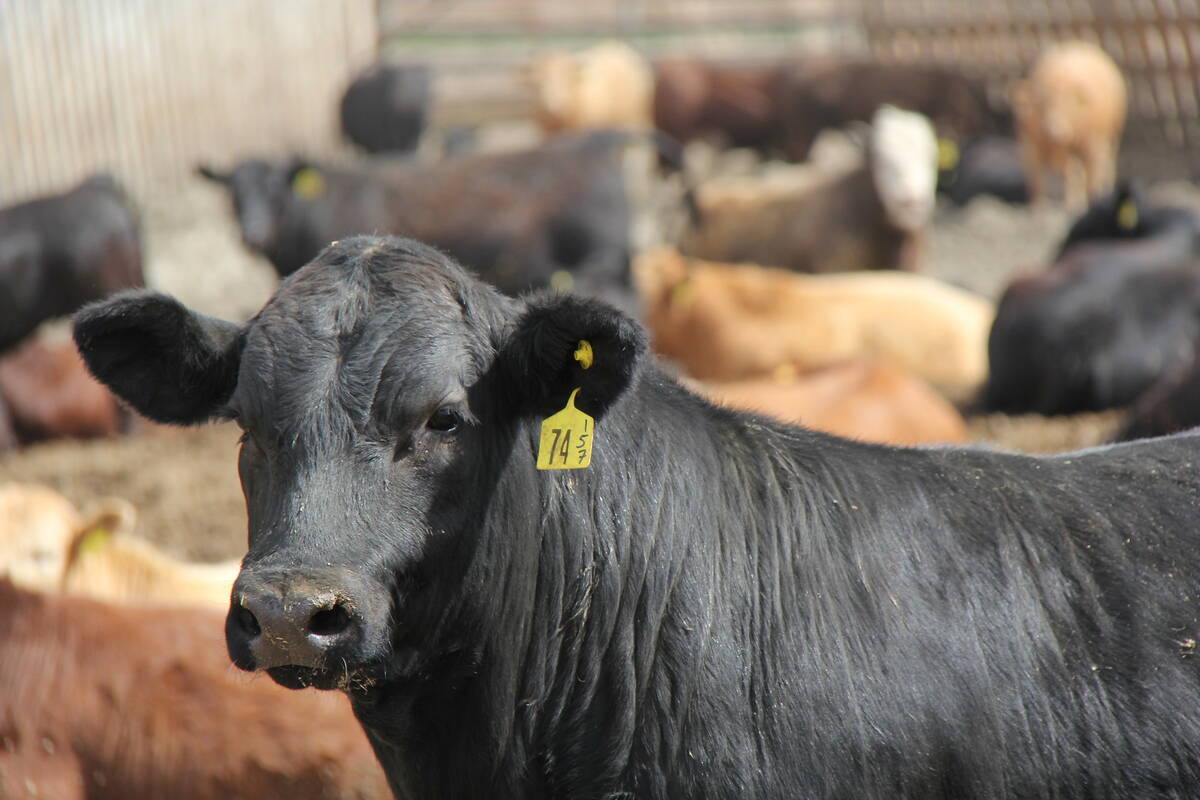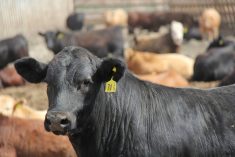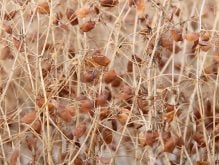While it will mean “rigorous” testing for much of the 2010 flax crop, the Flax Council of Canada’s plans to get CDC Triffid genetics out of the seed supply now have a place for farmers’ saved seed.
Recent testing by the Crop Development Centre (CDC) at the University of Saskatchewan has found “extremely low” indicators of the genetically-modified (GM) flax variety on a “limited” number of breeder seed samples, the council said in a release Thursday.
And “extensive testing” of three registered varieties — CDC Bethune, CDC Sorrel and CDC Sanctuary — has shown indicators of trace levels of GM material below 0.01 per cent, the council said.
Read Also

Feed Grain Weekly: Higher export prices could push up those for feed
If there’s one bright spot in the Prairie feed grain market that would be export prices for barley and wheat. Susanne Leclerc of Market Master Ltd. in Edmonton said the grain elevators have upped their prices in order to meet export demand.
The tests in question were undertaken “to provide information to seed growers and flax producers” the council said, noting it recommended the testing procedures used.
Thus, the council said Thursday, it’s “leading an initiative to develop a revised domestic stewardship program.”
The program would include an option for producers to use farm-saved seed under rigorous sampling and testing procedures.
Flax growers and “other stakeholders” will be contacted in the coming days with further information about sampling and testing procedures, the council said.
“The right decisions”
“This information has very recently become available to us and Canada’s flax industry is responding quickly to make the right decisions,” council president Barry Hall said in Thursday’s release.
“This includes direct communications with our flax growers, destination customers and other stakeholders, informing them of our revised approach as we continue working towards a long-term solution.”
The “revised approach” is a departure from the council’s previous position dating back to January.
The council at the time said putting a certified seed protocol in place for all Canadian flax bound for Europe, the top export destination for the crop, would be “the only feasible option for testing and ensuring the seed supply is Triffid-free.”
Several GM-shy countries closed their ports to Canadian flax last fall after a number of samples tested positive for markers of Triffid.
Triffid was developed at the CDC in the 1990s for tolerance to soil residues of sulfonylurea herbicides. Such residues have been known to cause damage to conventional (non-GM) flax and keep the crop out of rotation for years on sulfonylurea-treated fields.
But Triffid was deregistered in 2001 and never commercialized, as the flax industry feared losing access to Europe if a GM flax were introduced.
After last fall’s discovery, however, Triffid genetic material was found to have contaminated breeder seed of two conventional flax varieties, CDC Normandy and CDC Mons.















